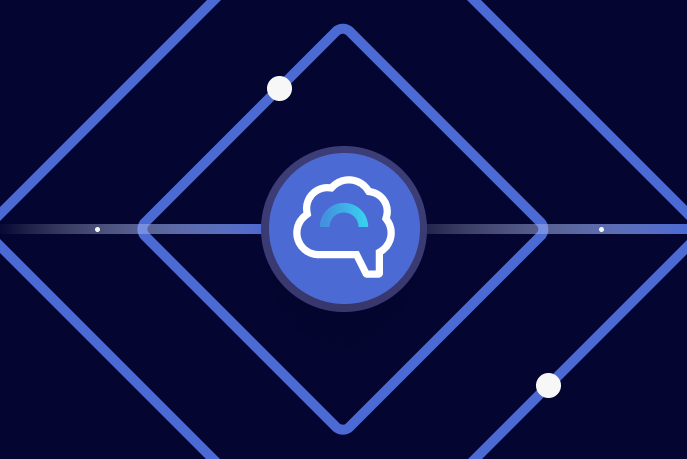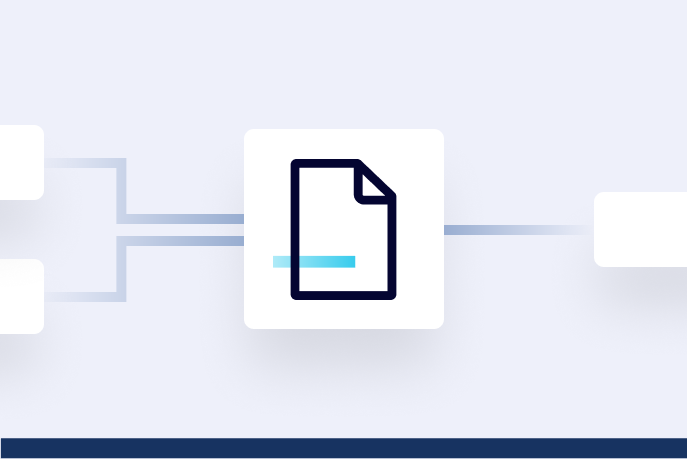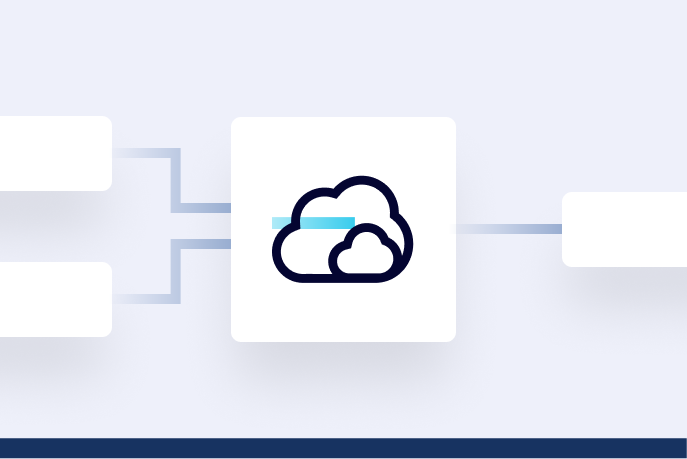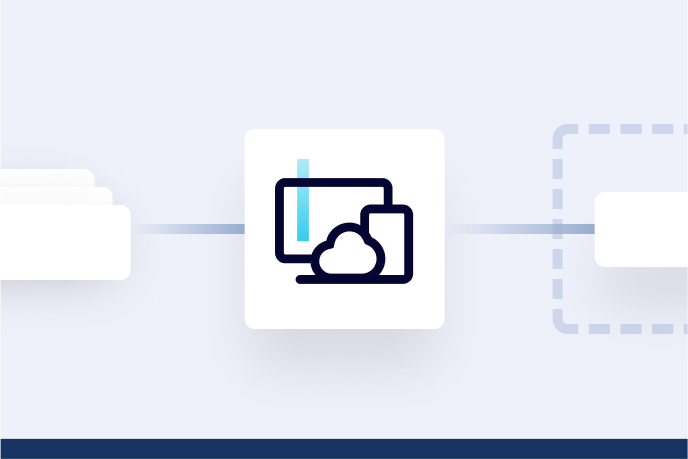[Webinar] AI-Powered Innovation with Confluent & Microsoft Azure | Register Now
Customers & Business
Announcing the Confluent for Startups AI Accelerator Program: Empowering the First Generation of Real-Time AI Startups
The Confluent for Startups AI Accelerator Program is a 10-week virtual initiative designed to support early-stage AI startups building real-time, data-driven applications. Participants will gain early access to Confluent’s cutting-edge technology, one-on-one mentorship, marketing exposure, and...
From Reactive to Orchestrated: Building Real-Time Multi-Agent AI With Confluent
Building multi-agent systems at scale requires something most AI platforms overlook: real-time, observable, fault-tolerant communication, and governance. That's why we build on Confluent data streaming platform…
Introducing Build with Confluent: Enabling Partners to Bring Data Streaming Use Cases to Market Faster
Build with Confluent helps system integrators develop joint solutions faster, including specialized software bundles, support from data streaming experts to certify offerings, and access to Confluent’s Go-To-Market (GTM) teams to amplify their offering in the market.
Building a Real-Time Service Marketplace with Confluent Cloud
As the world’s population continues to increase, so does the need for new infrastructure, buildings and housing, automatically increasing the demand for tradespeople. Whether it's an electrician, a plumber, or an HVAC technician...
Supercharge Customer Onboarding with Event-Driven Microservices and Confluent Cloud
In today's rapidly evolving digital age, organizations across various sectors are leveraging technology to provide great customer experiences. One of the most important touchpoints in this journey is the 'Customer Onboarding' process...
Kmart on How to Turn Paper Receipts into Valuable Digital Data with Streaming
Consumers have become increasingly adept at navigating omnichannel brand presence. One minute they’re in the store purchasing a product, and the next they’re online submitting a review. Or they’re buying something via an app while driving to the store to pick it up curbside.
Revolutionizing FinTech: Kredivo’s Growth with Data Streaming
At the Singapore Data in Motion Tour stop, keynote speaker and Confluent cofounder Jun Rao helped break down the history of Kafka and explain how Confluent got started on its mission to modernize data flows...
Easy and Instant Insurance Quotes Using Data Streaming with Confluent Cloud
The insurance industry, like other traditional sectors, is no stranger to the rapid technology-driven change in consumer expectations. If these companies don’t keep pace, they risk an eroding customer base and lost revenue to more nimble and innovative competitors.
How to Deliver Real-Time Mobile Personalization at Scale
In today’s hyper-connected era, customers demand nothing less than instant access to tailor-made, meaningful content that resonates with their individual needs and preferences. This post details how organizations can leverage the power of cloud-native data streaming in Confluent Cloud...
Confluent Awarded a Google Cloud Technology Partner of the Year
We're pleased to announce our new, expanded partnership with Google Cloud and for being named a Google Cloud Technology Partner of the Year for Marketplace–Data and Analytics. Together, our collaboration helps create an even easier path forward for companies looking to connect data across...
Accelerate Business Transformation with Confluent’s Cloud SQL Google Cloud Ready
How Confluent’s new Cloud SQL Google Cloud Ready designation can help you accelerate business transformation
Powering Renewable Energy with Data Streaming
See how Powerledger uses data streaming to facilitate peer-to-peer trading of renewable electricity.
Life Happens in Real Time, Not in Batches: The Business Value of Real-Time Streaming
Capturing and using streaming data in real time is essential today. Industry expert Sumit Pal explains why, and where managed services fit in.
How Alex Bank Built a Real-Time Banking Experience with Confluent
Most people are not jumping for joy at the prospect of taking out a loan, or even going to the bank. If anything, banking is a chore (and not a very exciting one). But what if banking was fast, simple, and easier to understand?
Confluent Receives Financial Services Technology Competency from AWS: Unlocking New Possibilities for the Banking Sector
I’m thrilled to announce that Confluent has received the Financial Services Competency from AWS. The AWS Competency Program recognizes and promotes AWS Partners who exhibit technical expertise and customer success, enabling them to market and differentiate their businesses to AWS customers...
Real-Time AI: Live Recommendations Using Confluent and Rockset
Real-time AI is the future, and AI/ML models have demonstrated incredible potential for predicting and generating media in various business domains. For the best results, these models must be informed by relevant data.
How Apna, Glance, & Meesho Are Innovating with Data Streaming For Consumers in India
What do Apna, India’s largest hiring platform currently connecting 40 million job seekers to 445,000 employers across 174 cities, Meesho, India’s fastest ecommerce platform to cross one million registered sellers, and Glance, InMobi-owned live lock screen infotainment...











